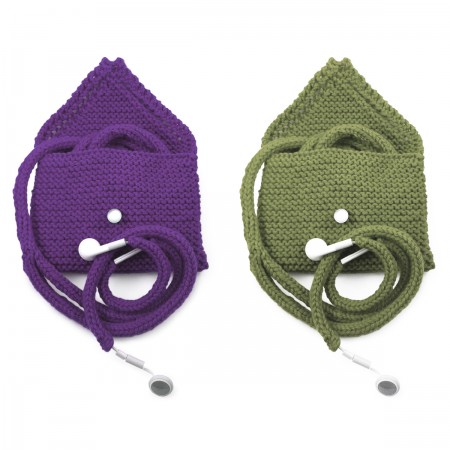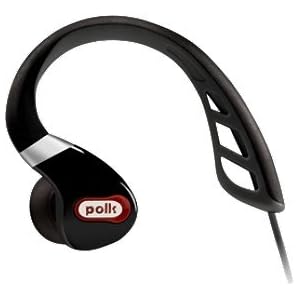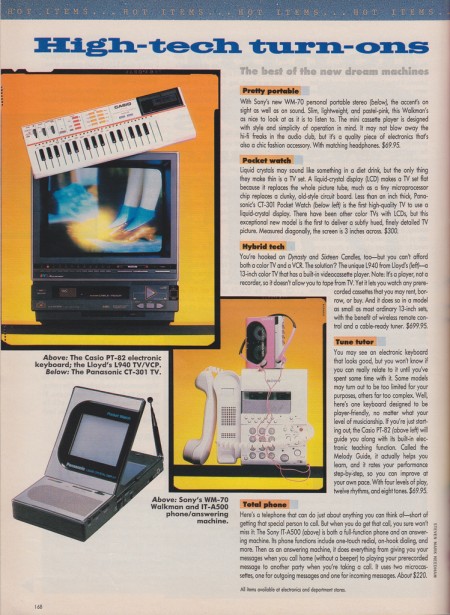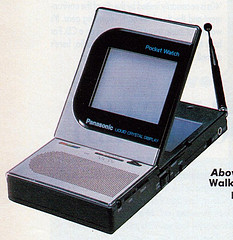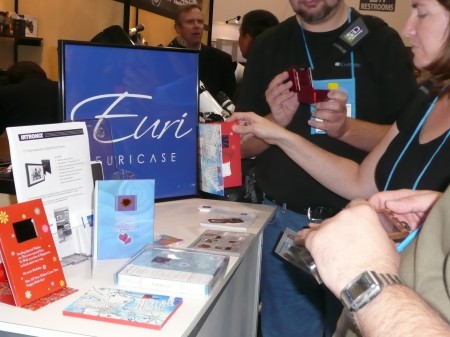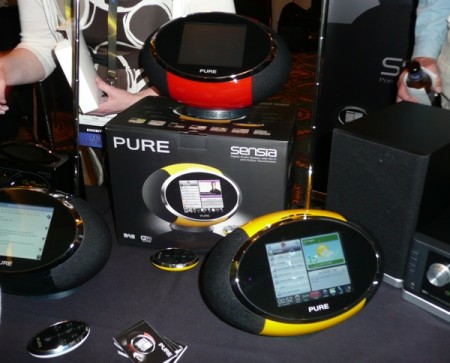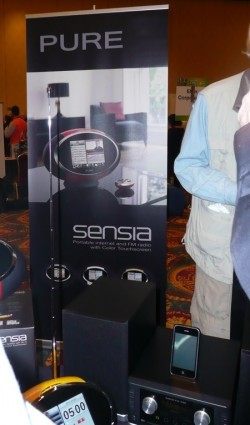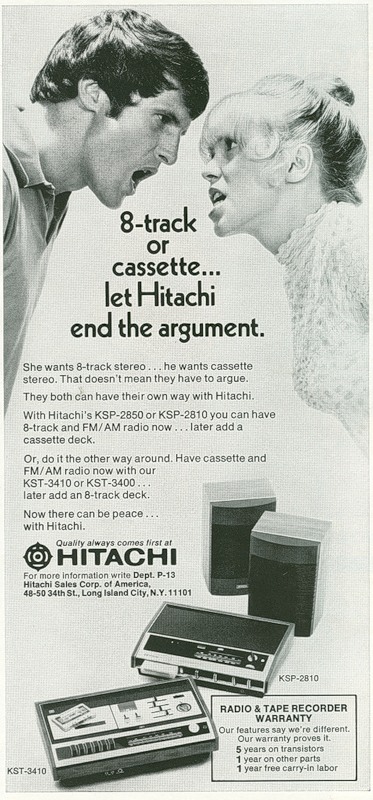I’ve been waiting for wireless stereo Bluetooth to become an “actual†reality for years now. The A2DP stereo wireless protocol was developed years ago, but has only recently become ubiquitous amongst players and computers. First attempts at stereo Bluetooth headsets resulted in ridiculously large and uncomfortable headsets with poor battery life that were expensive and poorly supported by devices without an external dongle.
 This has all recently changed. With A2DP support now available in iPhone OS 3, Mac OS X, and Windows, I can finally actually use wireless headsets. So I headed down to the Apple store to look at what could be purchased retail, and after looking at the options, I came home with the Altech Lansing BackBeat 906 headphones. I paid $99.
This has all recently changed. With A2DP support now available in iPhone OS 3, Mac OS X, and Windows, I can finally actually use wireless headsets. So I headed down to the Apple store to look at what could be purchased retail, and after looking at the options, I came home with the Altech Lansing BackBeat 906 headphones. I paid $99.
These headphones double as a Bluetooth headset with their built in Microphones. Noise canceling is good—they’re the best Bluetooth headset I’ve used, although I may be biased by hearing the call in both ears, which I like. Annoyingly, the iPhone switches the audio source back to the internal mic and speaker when you take a call while listening to the iPhone, so you have to manually switch it back while you “hello? Hello?†the caller to keep them from hanging up.
Styled like two behind-the-ear BT headsets connected by a cable that runs behind the head, they’re actually the most comfortable wireless headphones or headset that I’ve ever used. They have a silicon waveguide that directs the sound into the ear canal from external earbud style speakers, which is more comfortable than in-the-ear foam inserts. The only usability problem I’ve encountered is that leaning your head back against a pillow will cause the earbuds to move, just as with any behind-the-head headset. Unfortunately they’re too large to fit inside a motorcycle helmet.
Buttons are provided on the headset for call hook (left side) and audio controls (right side). Play/Pause is the main audio control button, with a lever for audio up/down. Holding the up/down lever for two seconds provides next/previous track, and the controls work seamlessly in iTunes and on the iPhone. The headsets come with a Bluetooth adapter compatible with all iPods that have dock connectors (as shown in the photo). iPhones can drive the headsets directly from the built-in Bluetooth and don’t need the plug-in adapter. Bluetooth range is about the same as any BT headset, which is to say you can use it in the same room as the source, but as soon as you round a wall, the signal drops out completely.
Sound quality is quite good–the best I’ve heard via wireless Bluetooth. Interestingly, it’s dramatically better with my iPhone than with my Mac (Unitbody Powerbook 17â€) running iTunes. On the Mac, there are audible distortion effects irrespective of the compression level of the music or volume. It’s hard to understand why a completely digital audio stream would be affected, especially considering that I would think the codebase and hardware between the Mac and the iPhone are quite similar. It’s clearly the Mac, however, because on the iPhone audio is clean and crisp at all volumes.
For casual listeners, the Bass is good but not booming. You’ll definitely hear the bass line in 50 Cent’s Candy Shop. The ominous sub-aurals in Batman Begins are vivid, although not as lush as with Sony’s top of the line ear buds. Brass and synthetics are bright, and beats are crunchy and pop. You’ll like these phones.
No Bluetooth wireless headset will satisfy an audiophile. Distortion, bandwidth, and compression effects are all audible, and distortion at higher volumes can be distracting. Bass response lacks depth, and there’s a general flatness and lack of vibrancy and dimension across the dynamic range, leaving horns sounding especially brassy. Noise levels during silence are pronounced, as they would be on worn vinyl. The headphones can get quite loud—maybe a little too loud, but I’ve already lost hearing so it works for me. At peak volume, the distortion can be annoying. You’ll hear noise spikes in the attack of beat transitions and compression artifacts in the tail of white noise envelopes. Distortion at mid level volumes is only mildly apparent. These effects are apparent irrespective of the compression level of the source audio files (I tested up to 320kbps on my iPhone. Even uncompressed audio had distortion on the Mac, but I’m putting that down to a problem in a processing on the Mac since those effects are not apparent on the iPhone).
Fortunately, I’m not an audiophile, so love these little gems. They’re the best Bluetooth headphones I’ve heard and they’re they ideal mate to my iPhone.
